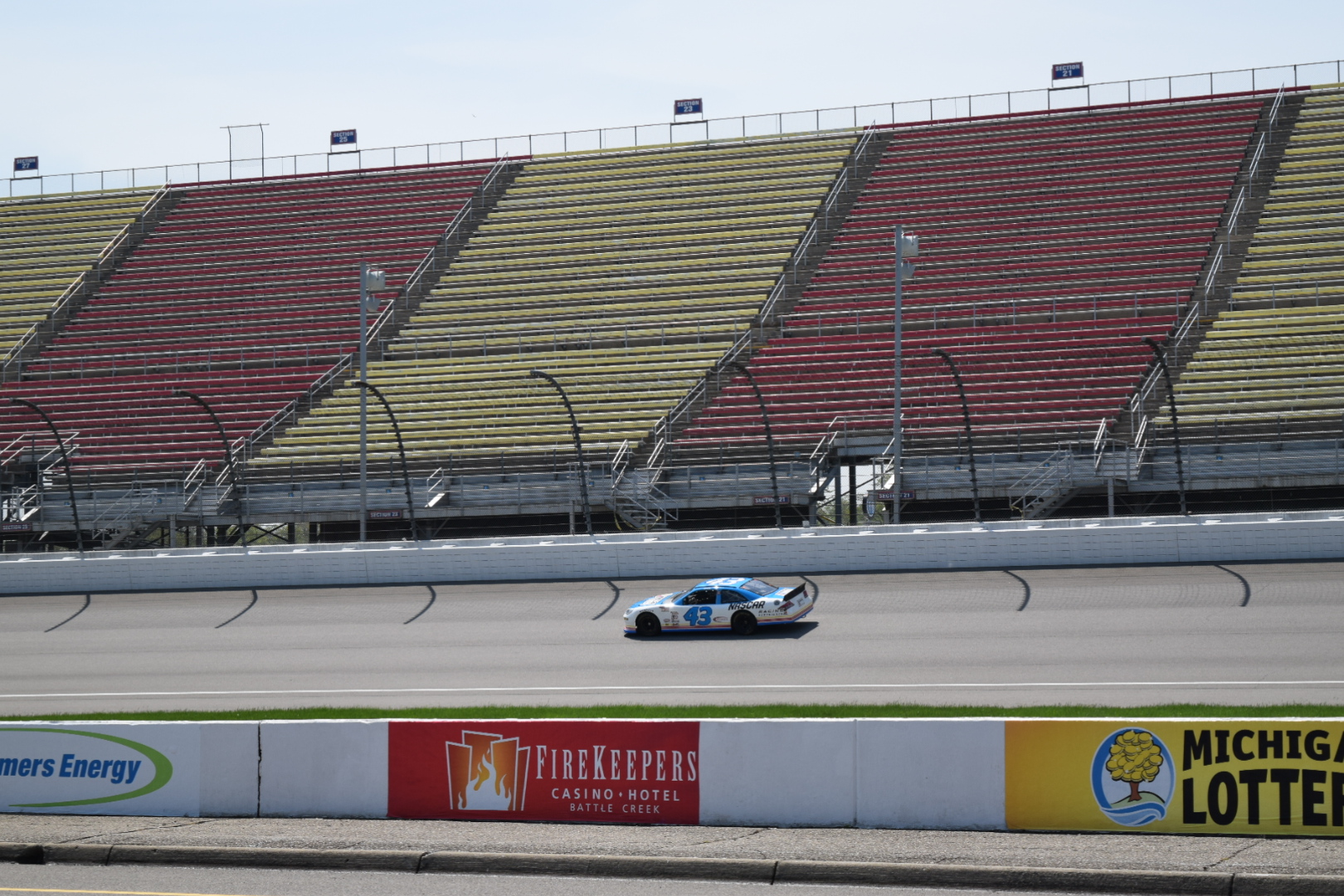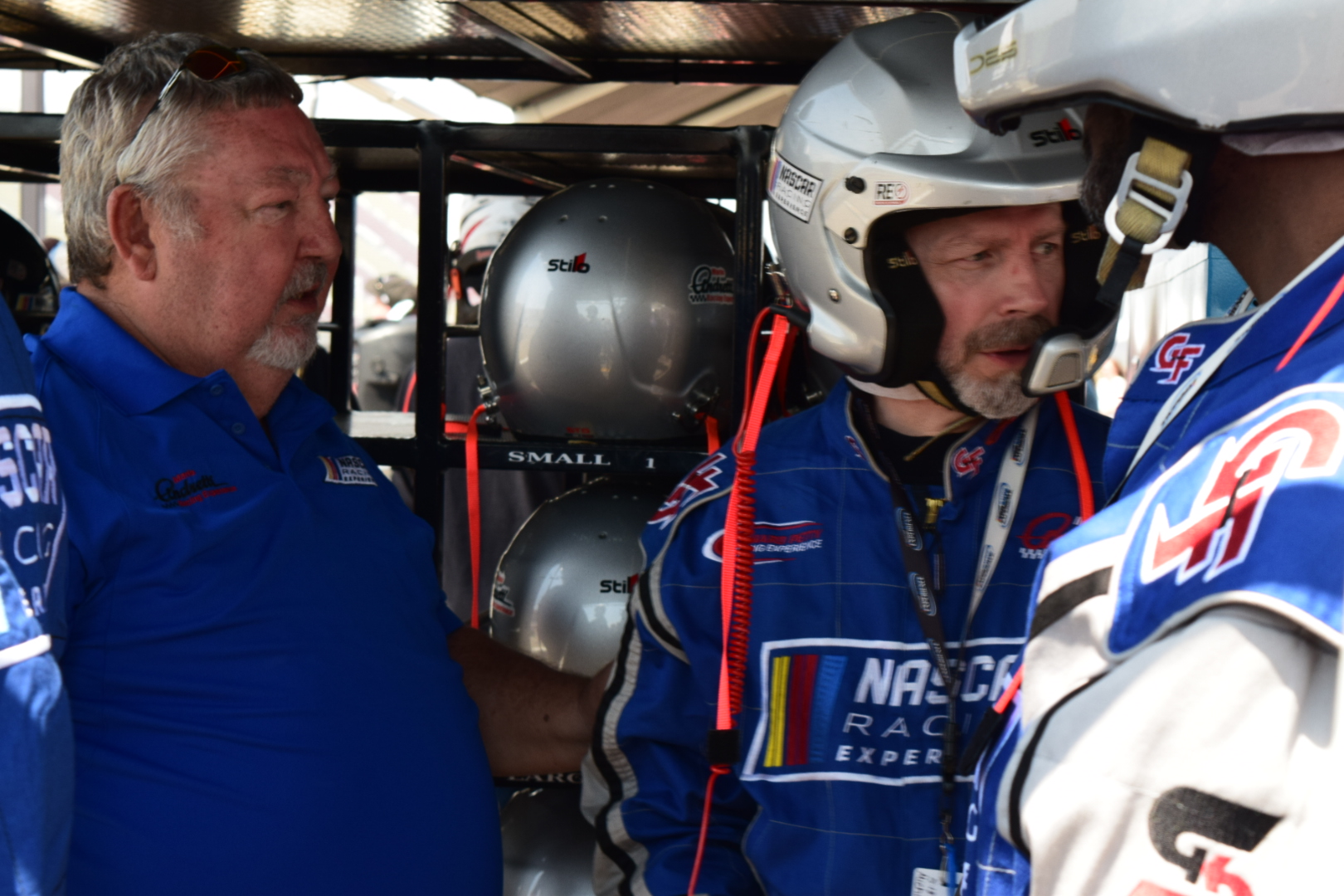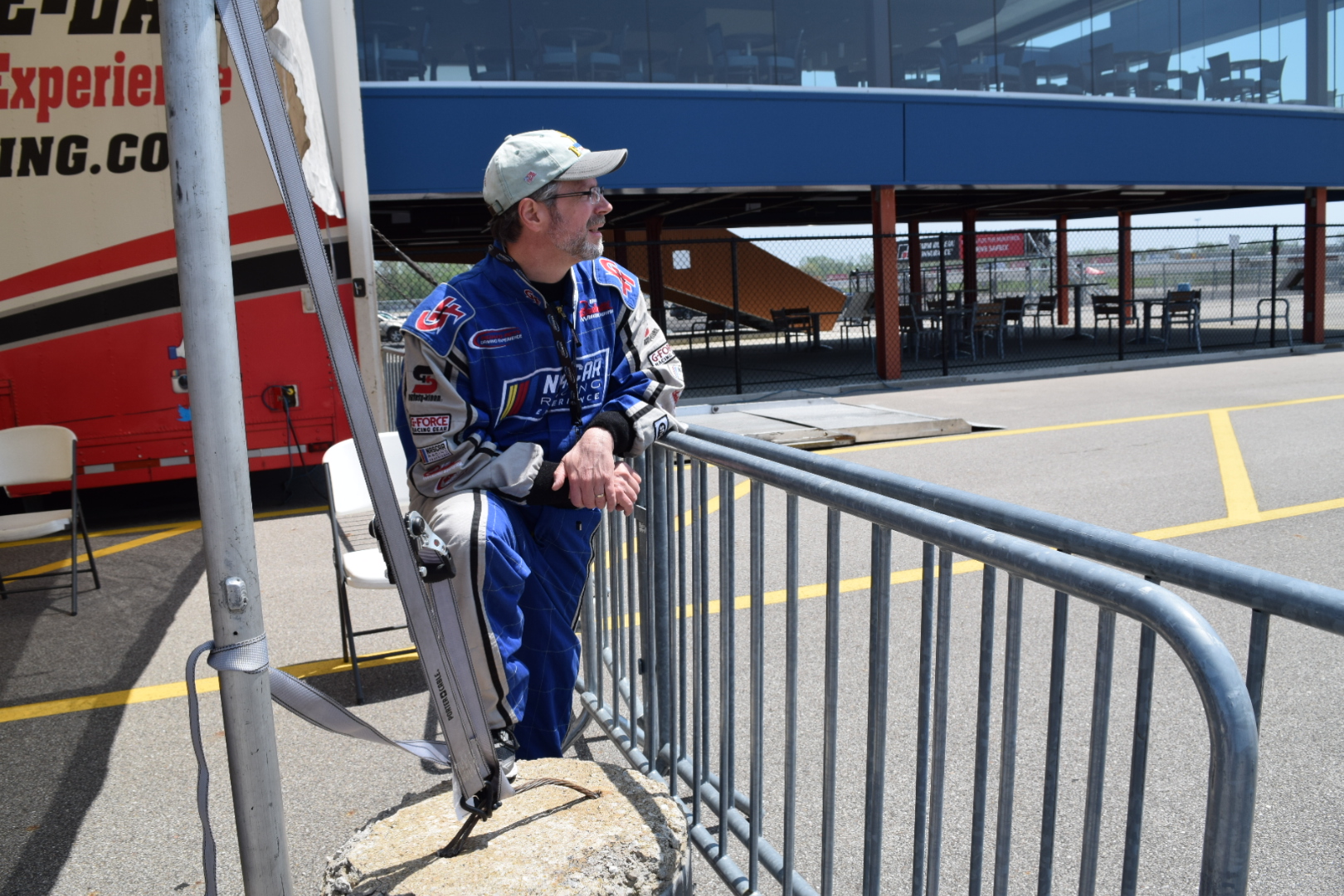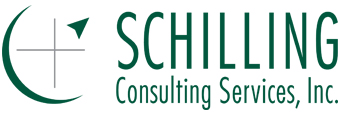What I learned (again) at 151 MPH
Five years ago this month, I had a chance to do something I had always wanted to do, but never thought I would. The previous Christmas, my family surprised me with a paid pass to the NASCAR Racing Experience: a chance to drive a real race car on one of the championship series tracks. Having always been a car racing fan, they knew this would be a very special gift. So, in May 2019, I headed to Michigan International Speedway (MIS) to live out that dream. But what I, and my family, didn’t know is that this experience would be very memorable in more ways than one.
Confidence is Good, Right? Like almost everyone, I suppose, I thought of myself as a pretty good driver. I’ve seen many races of different types of cars over the years on TV and was fortunate to see some in person, from dirt track races to premier events including the Daytona 500 and the Detroit Grand Prix. But on top of that, I’ve also studied cars and car racing throughout my life, accumulating knowledge of things like “push” (understeer), downforce, and flattening a curve, so I thought all of this might make me a better than average first timer in a real race car.
 A Whole New Ball Game However, none of this armchair knowledge could have prepared for me for the actual experience of guiding a 700 horsepower race car around 18° banked turns at 150 mph. Even in the beginner package, you’re driving a fully equipped race-ready NASCAR on a championship series course. It’s very different than driving your own car to work or the grocery store, and you’ve got about three to four laps to try to adjust. I quickly found myself making many adjustments. For example, my sense of timing of when to start turning the wheel as the next curve approached was very “late” at these speeds, at least for the first lap or two. Suddenly, I felt very humble.
A Whole New Ball Game However, none of this armchair knowledge could have prepared for me for the actual experience of guiding a 700 horsepower race car around 18° banked turns at 150 mph. Even in the beginner package, you’re driving a fully equipped race-ready NASCAR on a championship series course. It’s very different than driving your own car to work or the grocery store, and you’ve got about three to four laps to try to adjust. I quickly found myself making many adjustments. For example, my sense of timing of when to start turning the wheel as the next curve approached was very “late” at these speeds, at least for the first lap or two. Suddenly, I felt very humble.
It may sound like this all goes by quickly, and I guess it does. But like many things that get your adrenalin flowing, time also seems to slow down, making the memories of those few laps very clear. And with time to reflect over the next few weeks, I started realizing how much I had relied on things already familiar to me. Three important attributes of high-performance teams were very evident that day, attributes that I learned years earlier in classrooms and online learning courtesy of the Talent Development Team at Trinity Health. Here’s what I learned again at 151 MPH:
Safety First This may be surprising when talking about something like car racing, which on the surface seems risky and dangerous. But from the moment I arrived, everyone I met and everything I did before and during the driving, conveyed a focus on safety...and in a reassuring and educational way, not in a way that made me nervous. This intense safety focus is also very evident in the quality of equipment, clarity of the mandatory class you attend before getting into the car, and ongoing guidance from the staff. This resonated with me on so many levels of my experience with Trinity Health, as an employee and as a consultant seeing the many ways it is woven into curriculum, process, and culture, but also as a patient in the way care team members interact with me.
 Customer Focus Every staff member I interacted with at the NASCAR Racing Experience struck the perfect balance of serious tone and fun, making the whole experience reassuring and enjoyable. I don’t think they could have achieved this without first learning what customers would want (and even be delighted with) in this kind of experience, and then always trying to find ways to make it better. I have seen that same customer (patient) focus over the years at Trinity Health, in their long-standing commitment to seeing the “whole patient” (mind, body, and spirit), and the emphasis on continuous quality and process improvement, all things I learned about as a Talent Development Team member.
Customer Focus Every staff member I interacted with at the NASCAR Racing Experience struck the perfect balance of serious tone and fun, making the whole experience reassuring and enjoyable. I don’t think they could have achieved this without first learning what customers would want (and even be delighted with) in this kind of experience, and then always trying to find ways to make it better. I have seen that same customer (patient) focus over the years at Trinity Health, in their long-standing commitment to seeing the “whole patient” (mind, body, and spirit), and the emphasis on continuous quality and process improvement, all things I learned about as a Talent Development Team member.
Trust When you are doing something you’ve never done before, something where you have no real comparable experience to lean on, is there anything more valuable than a mentor or guide? As I took those first laps at MIS, I immediately relied on my “spotter”. Each driver is assigned to one, and from his viewpoint above the grand stands through radio communication wired into your helmet, my spotter calmly talked me though every shift and turn, let me know if there were any other cars near me, and coached me on how I could improve on the next lap. With positive reinforcement and helpful guidance, he immediately earned my trust. I learned many team building skills working with the Trinity Health Talent Development Team over the years, and trust…how to earn it, build it, and give it…has been one of the most enduring of those lessons.
 Then and Now It’s been five years now, but the memories of that experience – the sights, sounds, and exhilaration - are still very clear to me. And some important lessons, first learned years before in a totally different setting, are clear to me as well. And today, I think I understand them at a deeper level, and can see more opportunities where they could be applied, than I did before. I guess that’s what “relearning” can do for you.
Then and Now It’s been five years now, but the memories of that experience – the sights, sounds, and exhilaration - are still very clear to me. And some important lessons, first learned years before in a totally different setting, are clear to me as well. And today, I think I understand them at a deeper level, and can see more opportunities where they could be applied, than I did before. I guess that’s what “relearning” can do for you.
Thank You! Thank you to my family for a once in lifetime experience and the treasured memories that I can add to so many others. To the people of the NASCAR Racing Experience, thank you for the chance to live out a dream, if only for a few laps, and one of the best customer service experiences I’ve ever had. And to D'Anne Carpenter, Jill Kotwicki, Renee Therrien, and Geralyn Quick, and the whole team past and present, at Trinity Health Talent Development, thank you for teaching me (the first time) some of the fundamentals of high-performance teams.

Leave a Reply
Want to join the discussion?Feel free to contribute!